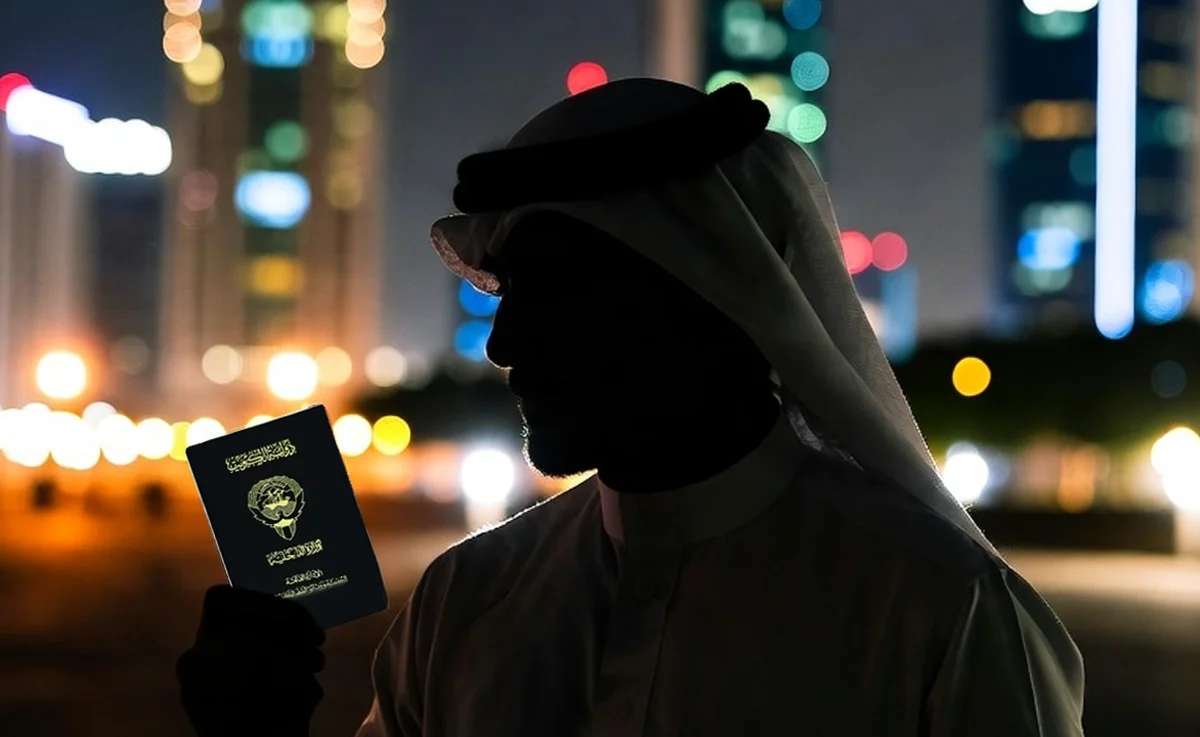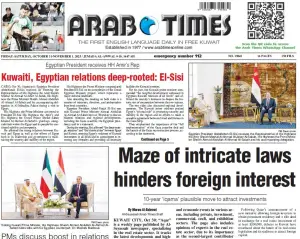30/10/2025
30/10/2025

KUWAIT CITY, Oct 30: In a case that reads like a political thriller, the Nationality Investigation Department has uncovered yet another astonishing layer of deception within Kuwait’s sprawling “map” file — a labyrinthine citizenship investigation that continues to reveal one forgery after another.
According to informed sources, the Supreme Committee for Citizenship Investigation has officially confirmed a fourth case of forgery, expanding the scope of this already complex file. This discovery follows conclusive DNA and forensic evidence against three previous forgers, bringing the total number of dependents stripped of citizenship to 435 individuals.
While the newly exposed file includes only 19 dependents, investigators describe it as one of the most intricate and bizarre cases in recent memory — a tale of double impersonation, misplaced confidence, and a deception so brazen it defied logic.
A Tale of Two Identities
The story begins with a man listed in official Kuwaiti nationality records as a citizen born in 1943. His name was entered into the national registry during the 1960s, granting him all the rights and privileges of Kuwaiti citizenship. But as investigators peeled back the layers of this decades-old file, they discovered a twist worthy of fiction.
The original man had long ago returned to his homeland in the Gulf region, quietly disappearing from Kuwait’s social fabric. Years later, in the aftermath of the Iraqi invasion, another Gulf national stepped into his identity, presenting himself as the same man — the same name, same documents, and same lineage.
For decades, this imposter lived under the stolen identity, confident that his elaborate deception would never be uncovered. Yet, when investigators compared preserved fingerprints from the 1960s with those of the current holder of the file, the truth surfaced — the two prints belonged to entirely different men.
Further comparisons of old and new photographs revealed unmistakable physical differences. The DNA analysis provided the final blow: the supposed “Kuwaiti citizen” was not biologically connected to the 14 genuine siblings listed in the file. The forgery was scientifically and conclusively proven.
A Forgery Beyond Reason
Adding to the absurdity, investigators found that the imposter had registered himself as born in 1943 — the same year as the original Kuwaiti citizen — even though official records from his Gulf country showed he was actually born in 1963, a full 20 years later.
“It was forgery without logic,” one investigator reportedly remarked. “The age gap alone made the deception unbelievable, but the imposter acted with complete confidence — as though the lie had become truth.”
This reckless overconfidence, authorities believe, stemmed from a long-standing assumption that the decades-old nationality files would never be revisited or subjected to DNA scrutiny. That illusion has now been shattered.
Citizenship Withdrawals and the Road Ahead
With the Supreme Committee’s latest decision, the citizenship of the fourth imposter and his 19 dependents has been revoked. Combined with the earlier three confirmed forgery cases — totaling 416 dependents — the number of individuals whose citizenship has been withdrawn under this file now stands at 435.
However, the investigation is far from over. The Nationality Investigation Department continues to analyze 23 remaining files, each potentially holding more hidden forgeries. DNA fingerprinting and cross-verification of old records are ongoing, as Kuwait’s authorities seek to close one of the most convoluted citizenship fraud cases in the country’s history.
What began as a quiet inquiry into questionable lineage has evolved into an unending unraveling — a web of deceit that stretches across decades, borders, and generations.


